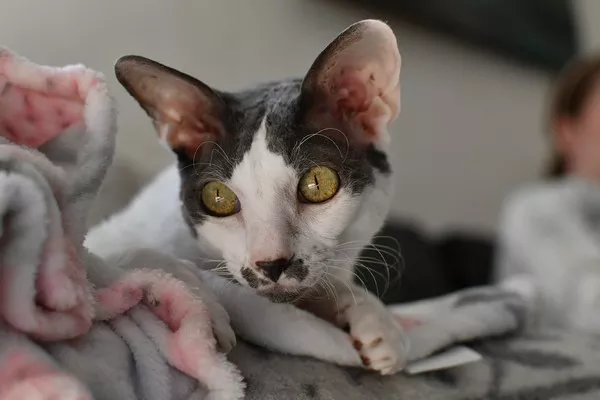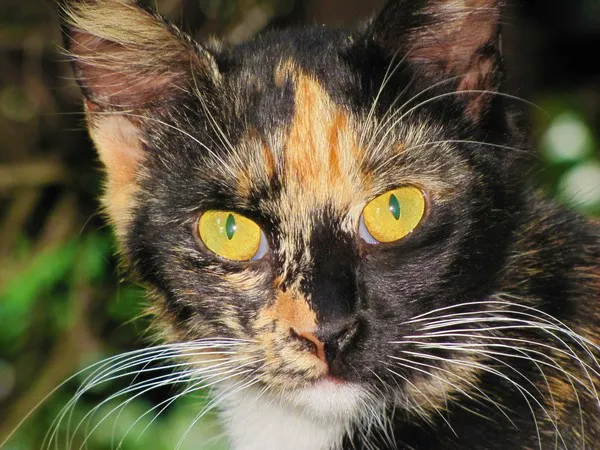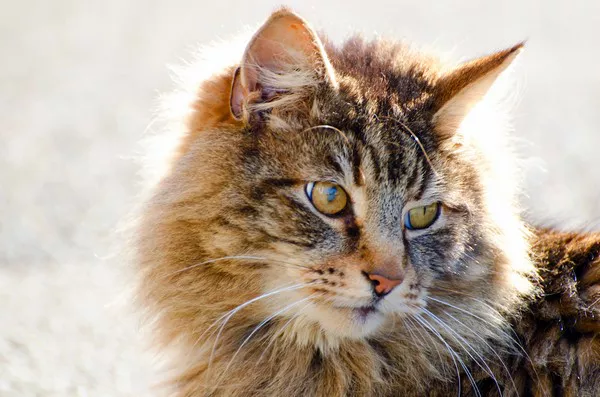If you are considering getting a cat and have allergies, it’s natural to wonder if there are any hypoallergenic breeds out there. One popular breed that many people ask about in this regard is the American Shorthair. In this article, we will explore whether or not American Shorthairs are hypoallergenic.
What Does It Mean for a Cat to Be Hypoallergenic?
Before we dive into the specifics of the American Shorthair breed and its hypoallergenic qualities, let’s first define what it means for a cat to be hypoallergenic. Contrary to popular belief, there is no such thing as a completely hypoallergenic cat. All cats produce allergens to some degree, mainly through their saliva, skin, and urine.
However, some cat breeds produce less of these allergens than others, making them more tolerable for people with allergies. These cats are often referred to as hypoallergenic, but it’s important to note that even hypoallergenic cats can still cause allergic reactions in some individuals, especially those with severe allergies.
The American Shorthair Breed
Now, let’s take a closer look at the American Shorthair breed. This breed is one of the oldest and most beloved cat breeds in the United States, known for its adaptable personality and good health. American Shorthairs are medium-sized cats with short, dense coats that come in a variety of colors and patterns.
While the American Shorthair breed is not typically considered a hypoallergenic breed, some people with allergies have reported fewer symptoms when around American Shorthairs compared to other cat breeds. This may be because American Shorthairs produce fewer allergens than some other breeds.
Why Do Some Cats Produce Less Allergens Than Others?
There are a few reasons why some cat breeds produce fewer allergens than others. One factor is coat type: cats with shorter, denser coats tend to produce fewer allergens because they shed less and their fur traps less dander (tiny flakes of skin that can trigger allergic reactions). American Shorthairs have short, dense coats, which may be why some people with allergies tolerate them better than longer-haired breeds.
Another factor that can affect a cat’s allergen production is gender. Male cats tend to produce more allergens than female cats because they have larger sebaceous glands in their skin, which produce more of the proteins that cause allergies.
Finally, genetics also play a role in a cat’s allergen production. Some breeds may simply be predisposed to producing less allergens due to their genetic makeup.
Tips for Living with a Cat Allergy
If you have a cat allergy but still want to live with a feline friend, there are a few steps you can take to minimize your symptoms:
1. Keep your home clean: Regularly vacuum carpets and furniture, dust surfaces, and wash bedding to reduce the amount of pet dander in your home.
2. Create cat-free zones: Consider keeping your bedroom or other areas of your home off-limits to your cat to give yourself a break from allergens.
3. Use air purifiers: High-efficiency particulate air (HEPA) filters can help remove allergens from the air, making it easier to breathe.
4. Bathe your cat: While it’s not recommended to bathe your cat too frequently, giving them a bath every now and then can help reduce the amount of allergens on their skin and fur.
5. Try allergy medications: Over-the-counter or prescription allergy medications can help alleviate your symptoms.
Conclusion
While American Shorthairs may not be considered a hypoallergenic breed, some people with allergies report fewer symptoms around them compared to other breeds. However, it’s important to remember that all cats produce allergens to some degree, and even hypoallergenic breeds can still cause allergic reactions in some individuals.
If you have a cat allergy but still want to live with a feline friend, there are steps you can take to minimize your symptoms. With proper care and management, many people with allergies are able to successfully live with cats.











![Do Birman Cats Like to Cuddle? [Revealed!]](https://www.catsmeowweb.com/wp-content/uploads/2023/06/burmese-cat-6.webp)











